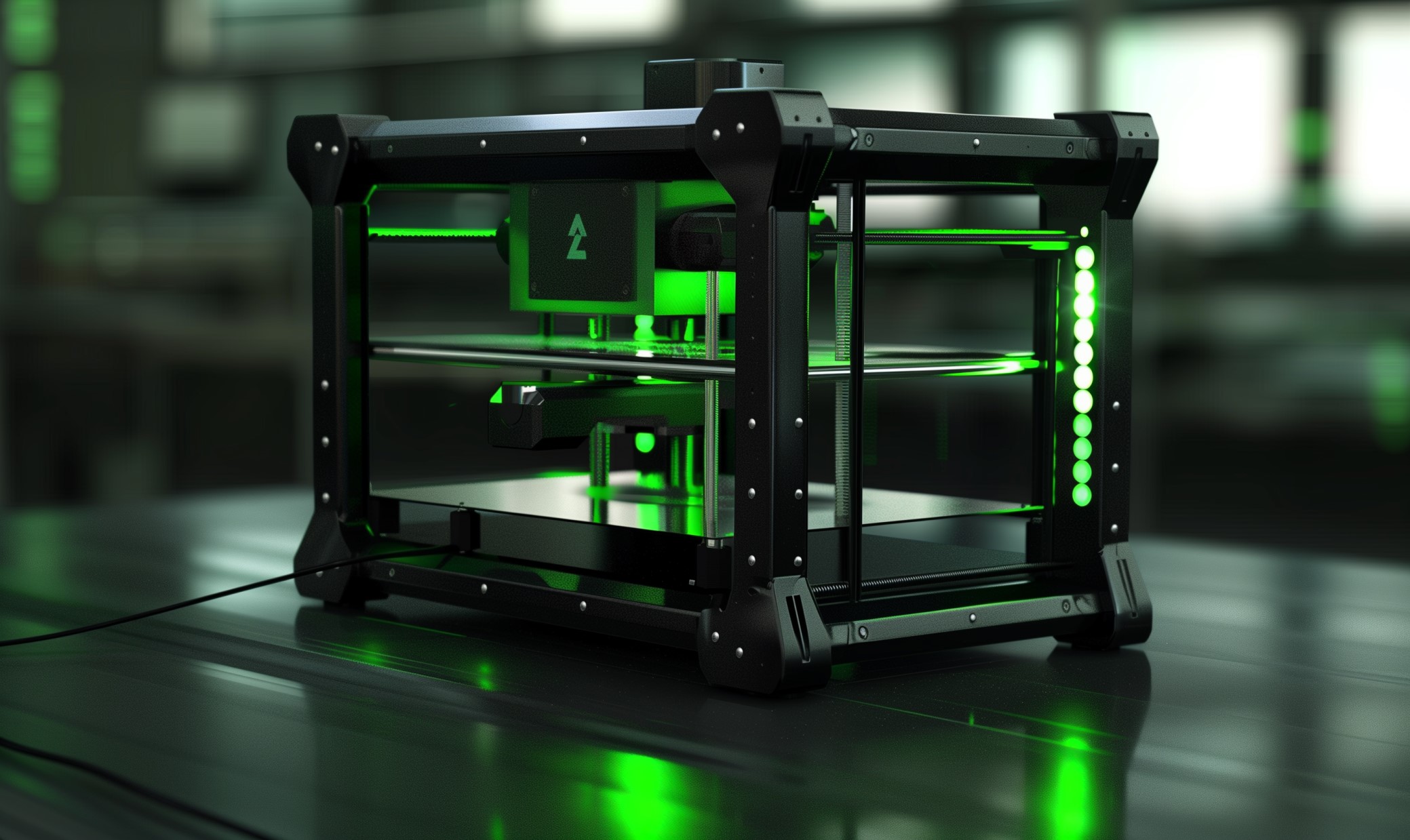Biomedicine and bioengineering have often been at the cutting edge of health care. Major breakthroughs from the field — like X-rays, biosensors, IVF and cell therapies — sometimes change how doctors approach patient care in general. As such, bioengineering trends have a huge impact on the overall medical industry.
Today, several new trends are reshaping the bioengineering industry. They may have a significant impact on the direction health care research takes over the next few years.
Here are some of the most important of these trends — and how care providers may use them in the near future.
1. Artificial Intelligence
Unsurprisingly, Artificial intelligence (AI) is one of the biggest bioengineering trends today. The technology is broadly applicable, making it a great fit for researchers looking to improve existing technologies like biomedical image systems.
AI can help doctors diagnose conditions with remarkable accuracy, streamline administrative tasks to give them more time with patients and more. One of the most promising use cases under the bioengineering umbrella is designing new biomaterials.
Machine learning algorithms can simulate how different materials react in many environments. They can then help researchers find ideal biomaterials for things like prosthetics or new drugs. Because AI can spot trends in data faster than people, this AI-fueled research can dramatically speed up the treatment development process.
2. Gene Therapy
Another cutting-edge bioengineering trend disrupting the industry is gene therapy. This practice involves modifying people’s genes to treat some medical conditions. It’s been a common practice in agriculture for years in the form of bioengineered crops, but it’s starting to come of age in human treatment, too.
The FDA has approved just a handful of gene therapy drugs and treatments, but over 300 are currently in trials, with more than half of them in Phase 2 trials. Recent breakthroughs in cell treatment like CAR-T therapy, which shows promise in treating cancer, are driving a wave of gene therapy innovation.
As this technology advances, it could help treat a huge range of conditions, including genetic issues that have historically been challenging. Accelerated research thanks to AI could help boost things further.
3. Personalized Medicine
Gene advancements and AI are working together to fuel another promising trend: personalized medicine. These technologies let medical professionals get a better view of each patient’s unique biology and history, informing more effective treatments.
The rise of telehealth means more patients are using digital health platforms than ever. As a result, medical professionals have access to a wider range of information about people’s health and biology. AI and similar data analysis tools can scan this information to offer suggestions on how best to treat each condition in each patient.
This personalized approach to health care often yields impressive results because everyone has unique factors that make some treatments more or less effective. Hospitals that have implemented these tools have seen significant improvements in the length of hospital stays and patient outcomes in just 12 months, sometimes sooner.
4. Bioprinting and Tissue Engineering
Bioprinting or biofabrication technology is similar to 3D printing, the additive manufacturing method that creates objects from plastic filament. However, instead of plastic, bioprinting uses “bioinks” made up of active human cells and sometimes encased in stabilizing materials. Other biologically active particles, like proteins, DNA, growth factors and drug particles, may also be used.
A specialized bioprinter deposits these cells and particles precisely into thin layers, which can create tissues. With the help of support structures, these tissues can come together to form new, bioartificial organs. The technology could be used in the future to supply artificial organs to patients without the need for a donor.
It’s more likely that this engineering will be used to support burn victims before artificial organs become practical. Many scientists see the artificial tissue produced by bioprinting as a good potential alternative to autologous skin grafting, the process of transplanting healthy skin over burn wounds.
Researchers have already developed a handheld bioprinting tool designed especially for care providers in burn wards. The device deposits layers of skin tissue on wounds, helping to accelerate the healing process.
The team behind the device hopes it will serve as a replacement for skin grafts, which are often unhelpful in treating especially large burns.
5. Alternative Meats
Health care may be the biggest application for bioengineering, but it’s not the only one. Just as new bioengineering tech can fabricate human tissue, it can grow animal meat in a lab. These alternative meats are on the verge of a huge uptick as health and sustainability concerns around meat grow.
Earlier in 2023, U.S. regulators approved lab-grown meat for sale for the first time. Now that cultivated meat has the government seal of approval, investments will flood into this field.
Lab-grown meat doesn’t involve any animal cruelty and produces far fewer greenhouse gas emissions than traditional options. Bioengineering could also modify it to be healthier. Because it’s made of real animal cells, it can taste and feel like normal meat, too, driving adoption of these processes over vegetarian imitations.
How New Technology Is Reshaping Bioengineering
Major innovations from outside the bioengineering world — like AI, data analytics and 3D printing — could significantly impact biomedicine and health care in the next few years.
Technology like AI, bioartificial organs and personalized medicine has the potential to radically reshape how care providers approach medical practice. While some of these technologies are still highly experimental, others — like AI medical imaging — may become standard in the near future.
Recent Stories
Follow Us On
Get the latest tech stories and news in seconds!
Sign up for our newsletter below to receive updates about technology trends














